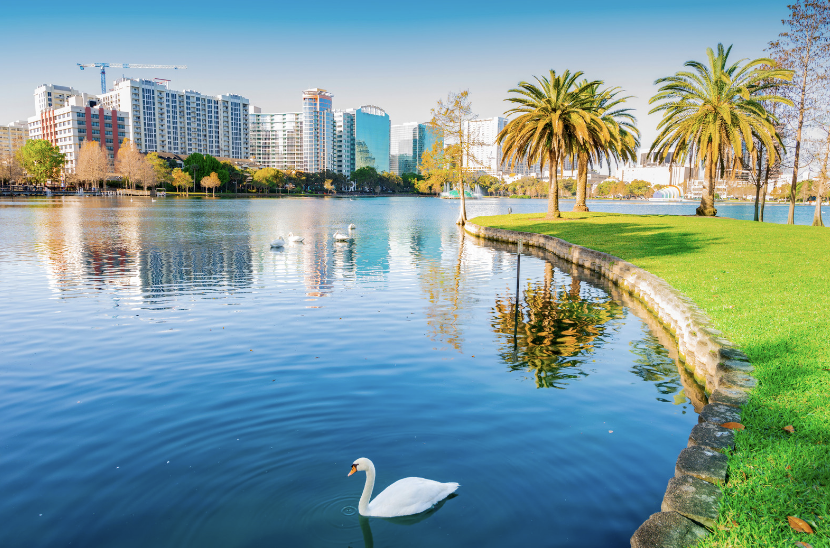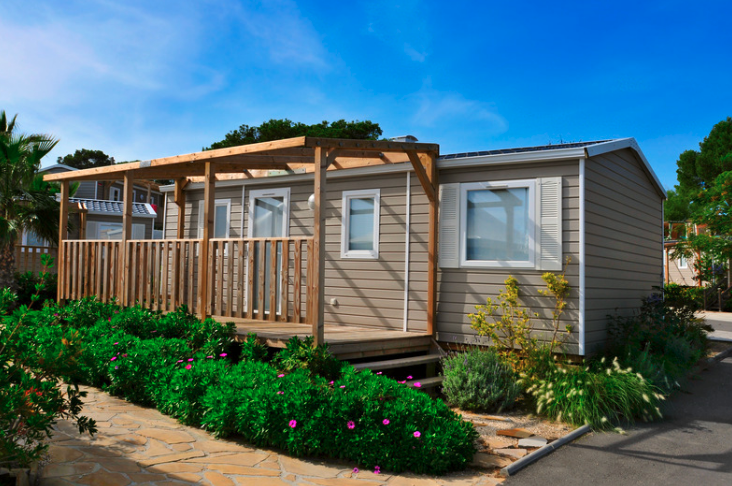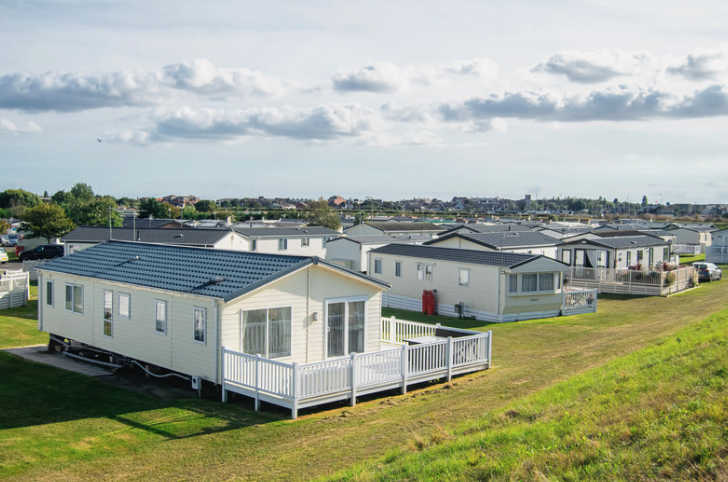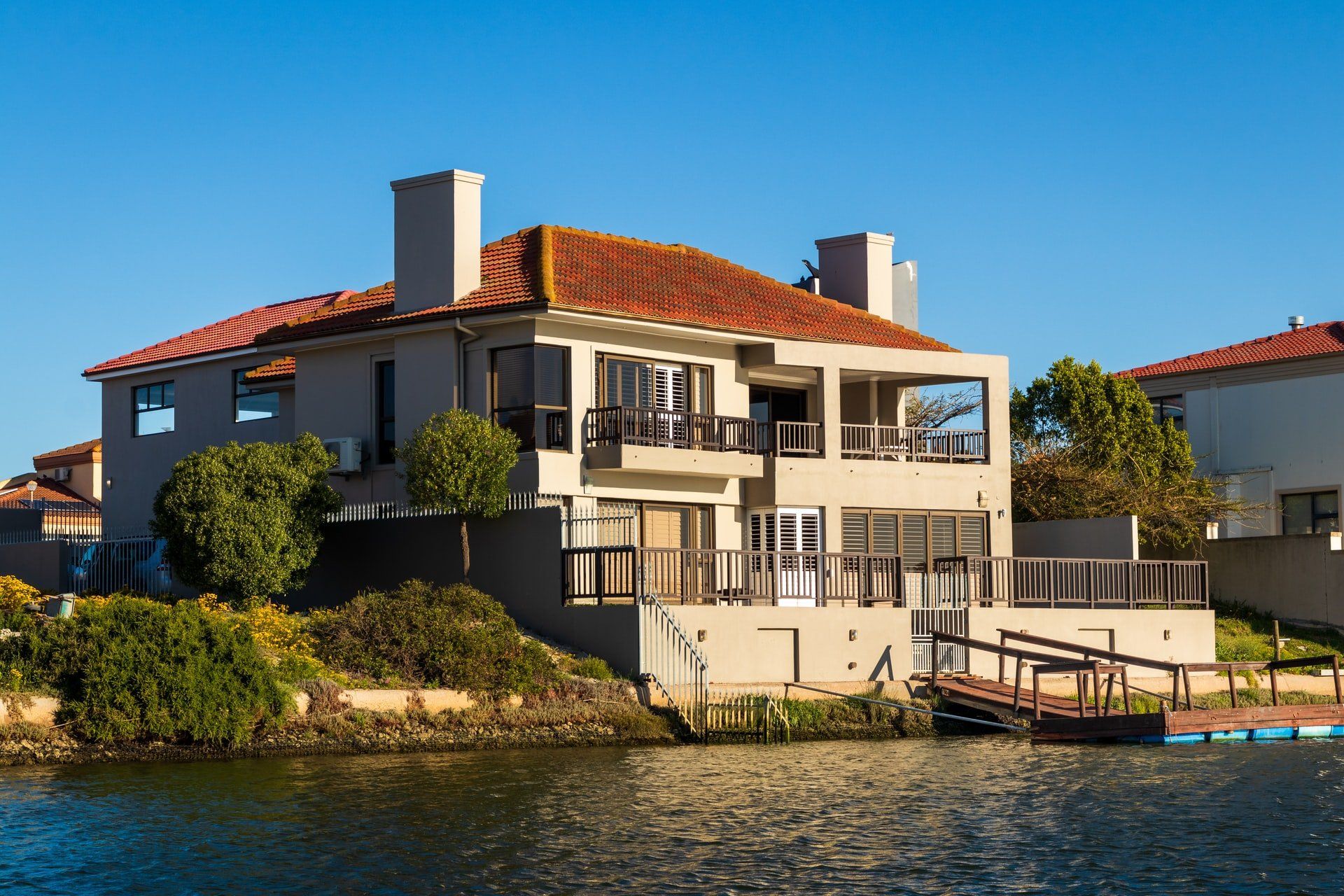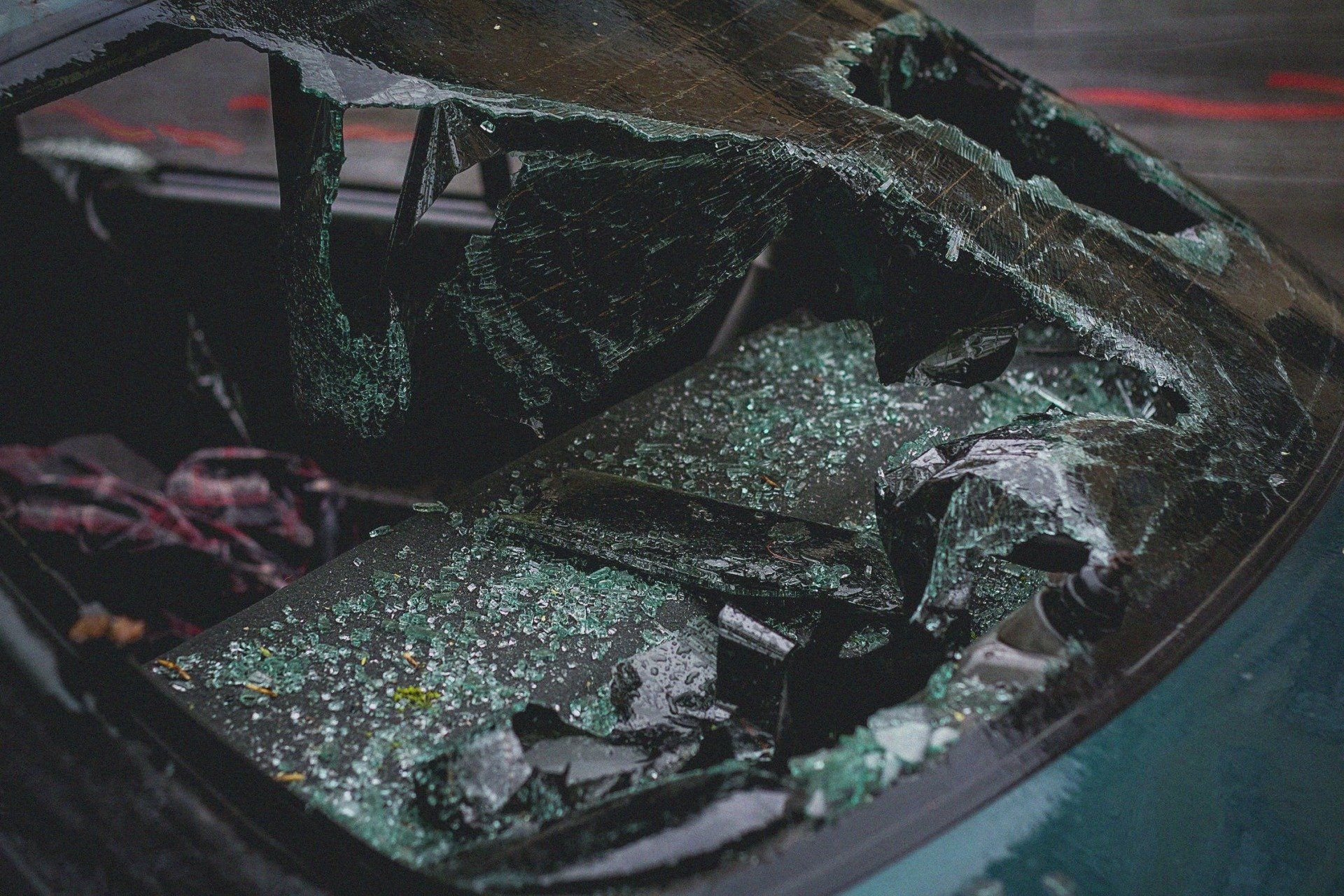Does Your Homeowner's Insurance Cover Lightning Damages?
- By Joshua Zitting
- •
- 12 Jul, 2021
- •
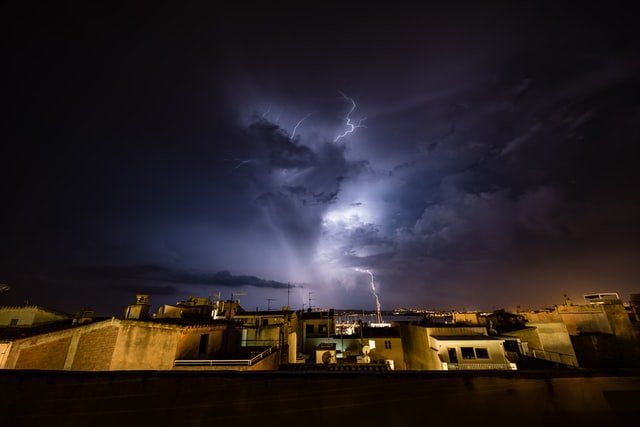
A typical homes insurance policy covers lightning damage – but there may be gray areas and exclusions, even though lightning is one of the significant dangers covered by house insurance plans.
While the chances of your property being struck by lightning are small, it's vital to understand when your insurance provider will step in to help and how your coverage works if you incur damages as a result of a thunderstorm.
What Factors Do Insurance Companies Consider When Assessing Lightning Damage?
The way your insurance provider assesses lightning damage is determined by your insurer and the type of damage that occurred. We'll show you how it typically works.
Lightning strikes may start fires inside or outside your home, destroy valuable appliances and gadgets, damage wiring in the walls, and even shock and hurt you or someone in your family. The good news is that virtually all homes insurance plans cover lightning. Your insurance provides coverage for the following items:
Personal property damage - If your personal property, such as appliances or electronics, is destroyed by lightning, you will generally be paid for the actual monetary worth — that is, what you would pay for an identical item today after depreciation. You should add replacement cost coverage, which would pay the cost of replacing your personal property at its current market value.
Extra living expenditures - Suppose your house was destroyed by lightning and is being fixed or rebuilt. In that case, your home insurance will cover the cost of living elsewhere, such as a hotel, as well as other extra expenditures while your home is being restored or rebuilt.
How You Can Start the Claiming Process
Document as much as possible while assessing the damage to your house and personal possessions.
Compile a list of personal things that will need to be replaced and take photos or videos of them.
To make a claim, contact your home's insurance carrier. You will be required to give your personal information and policy number for your coverage to be located and activated. It is critical to be as accurate and factual as possible, including whatever proof you have to back up your allegation, such as pictures and police records.
Your insurance provider's claims adjuster will be assigned to your case, and they will evaluate the lightning damage to confirm the specifics of your claim.
The adjuster will usually provide you a monetary settlement for your home in two installments — less your deductible. The initial payment will assist you in getting started on house repairs. A second settlement will be sent to you later to pay any outstanding maintenance.
Preventing Future Lighting Incidents
Having an electrical ground, grounded weathervane, lightning rod, and surge suppressors installed in your home may not offer enough lightning protection. As a result, many experts suggest installing a complete lightning protection system on your house. Lightning protection systems intercept lightning strikes and provide a safe and efficient channel for hazardous energy to dissipate to the earth, diverting it from the structure's electrical or plumbing systems.
A complete lightning protection system consists of strike termination devices, aluminum or copper braided cable conductors, ground terminals/rods, interconnecting bonding that reduces side flashing (lightning that jumps between two objects) and surge suppression devices.
What Happens Next?
After submitting a lightning claim, you should expect your premium to rise by at least 9% on average. If your premiums have become expensive due to a lightning-related claim, searching around and switching insurance providers might help you save more money in the long term.
For a policy that fits your needs, get in touch with Sanford Insurance Center, the leading
homeowner's insurance in Orlando, Florida
and surrounding areas. View our policies and protect your properties today!



